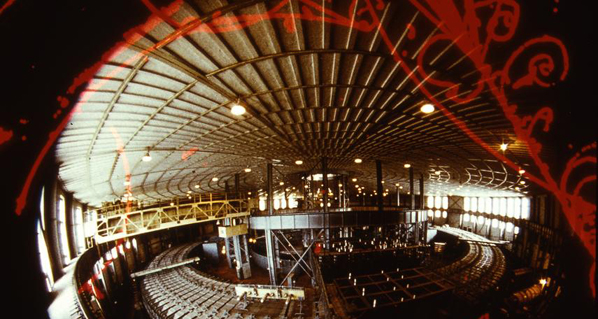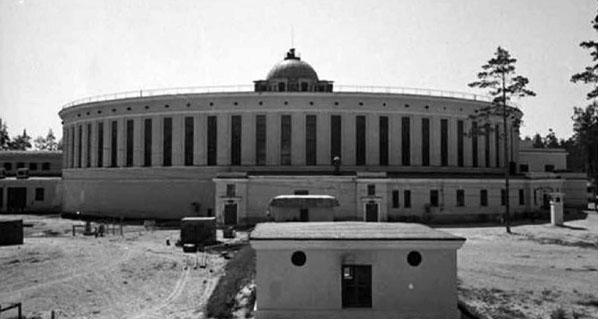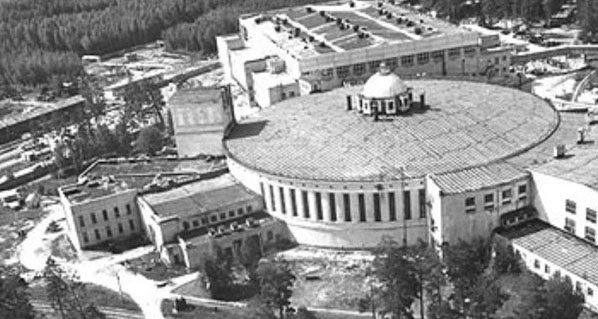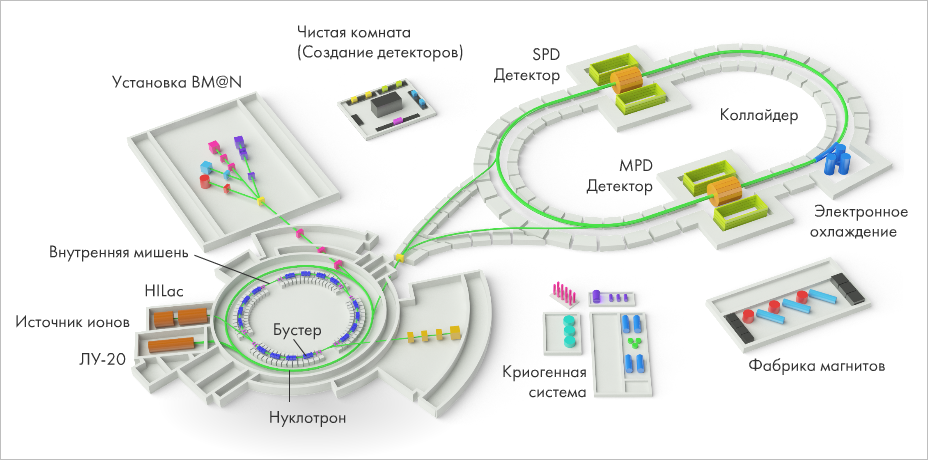Dubna synchrophasotron turned 65
Media, 15 March 2022
On 15 March 1957, the Laboratory of High Energies JINR (now the Veksler and Baldin Laboratory of High Energy Physics JINR) launched the legendary Synchrophasotron of JINR, a proton 10 gigaelectronvolts accelerator.
This was reported to the entire world by the Pravda newspaper on 11 April 1957. The later date was due to the fact that the event took place only after the accelerator’s energy gradually raised since the commissioning day and exceeded the energy of 6,3 GeV of the then leading American synchrophasotron in Berkeley. “8,3 billion electronvolts reached!” the newspaper reported and thus announced that a record accelerator had been created in the Soviet Union.
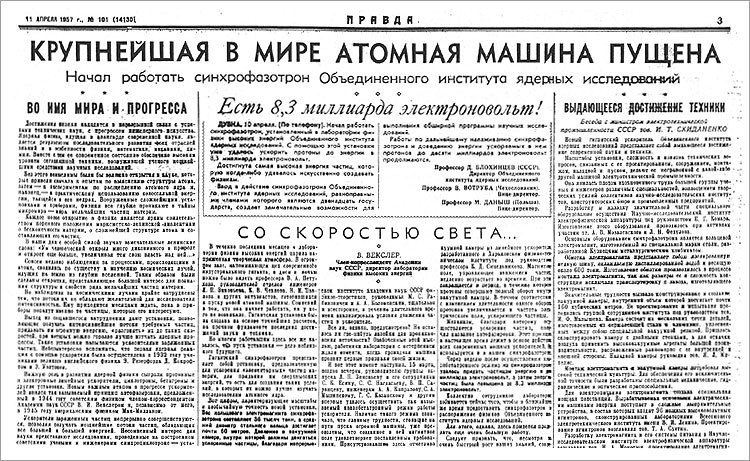 Pravda newspaper, issue No. 101, 11 April 1957
Pravda newspaper, issue No. 101, 11 April 1957
The Synchrophasotron became one of the brightest achievements of Soviet and world science: its energy was the world record and was reached in a month after the launch. JINR led the accelerator technology field thanks to that. During three and a half years, the Dubna Synchrophasotron remained the largest in the world.
Scientific leader of the creation of the facility was LHE JINR Director Academician V. I. Veksler who discovered the autophasing principle in 1944, which made it possible to create such a powerful machine. In 1959, a team of physicists and engineers headed by V. I. Veksler received the Lenin Prize for the creation of the Synchrophasotron.
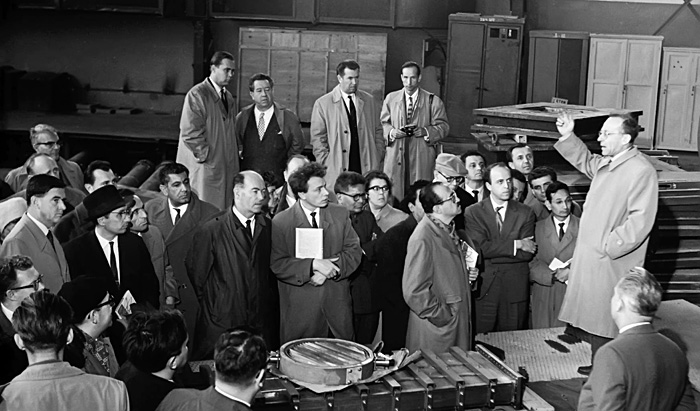 Editorial board of Pravda newspaper and foreign journalists in LHE. May, 1962
Editorial board of Pravda newspaper and foreign journalists in LHE. May, 1962
The JINR Synchrophasotron occupies a separate building depicted in the logo and flag of the Institute. It has been the symbol of JINR for more than 65 years. A giant magnet ring occupies most of the building. The magnet is listed in the Guinness Book of Records as the heaviest in the world: its diametre was 60 m, and its mass reached 36,000 tons. The general capacity of the Synchrophasotron’s generators in the pulse was 140 MW, the maximum magnetic field strength was 13,000 oersted, and an accelerating cycle took 3,3 seconds.
Thanks to putting the Synchrophasotron into operation, science made the leap in the study of elementary particles. In 1970, scientists produced the first beams of relativistic deuterons with the energy of 10 GeV at the Synchrophasotron. After that, nuclei of various chemical elements were also accelerated. In 2002, the Synchrophasotron stopped operating.
In 1987-1992, another unique basic facility of JINR was constructed in the Synchrophasotron’s building. It was a fast-cycling superconducting synchrotron called he Nuclotron. It then became the base for the NICA flagship project of JINR. Moreover, there, on the site of the Synchrophasotron, the Booster of the NICA project was constructed and launched in 2020. NICA will allow JINR scientists to recreate in laboratory conditions a special state of matter called “quark-gluon plasma” in which our Universe stayed in the first moments after the Big Bang.
